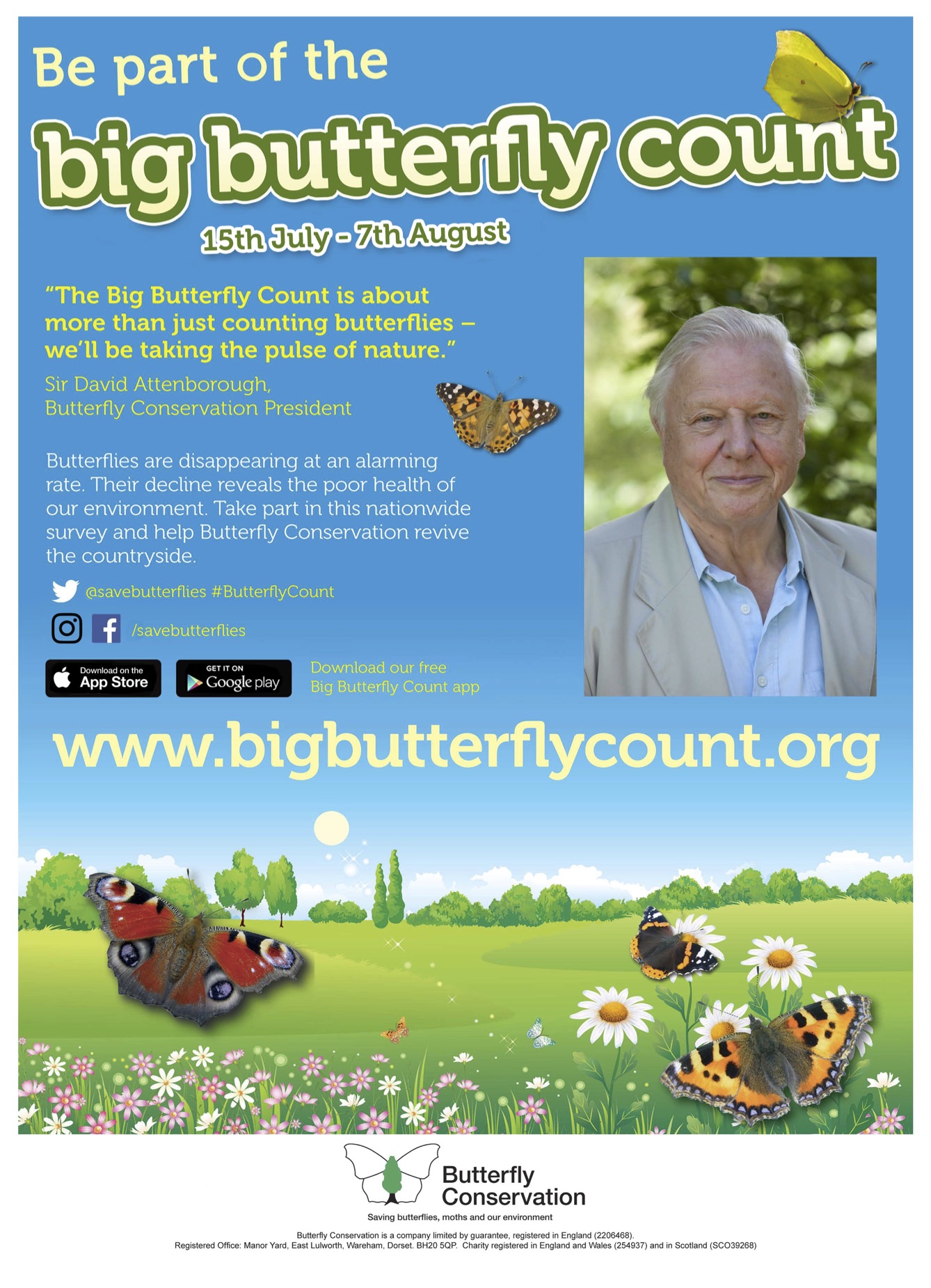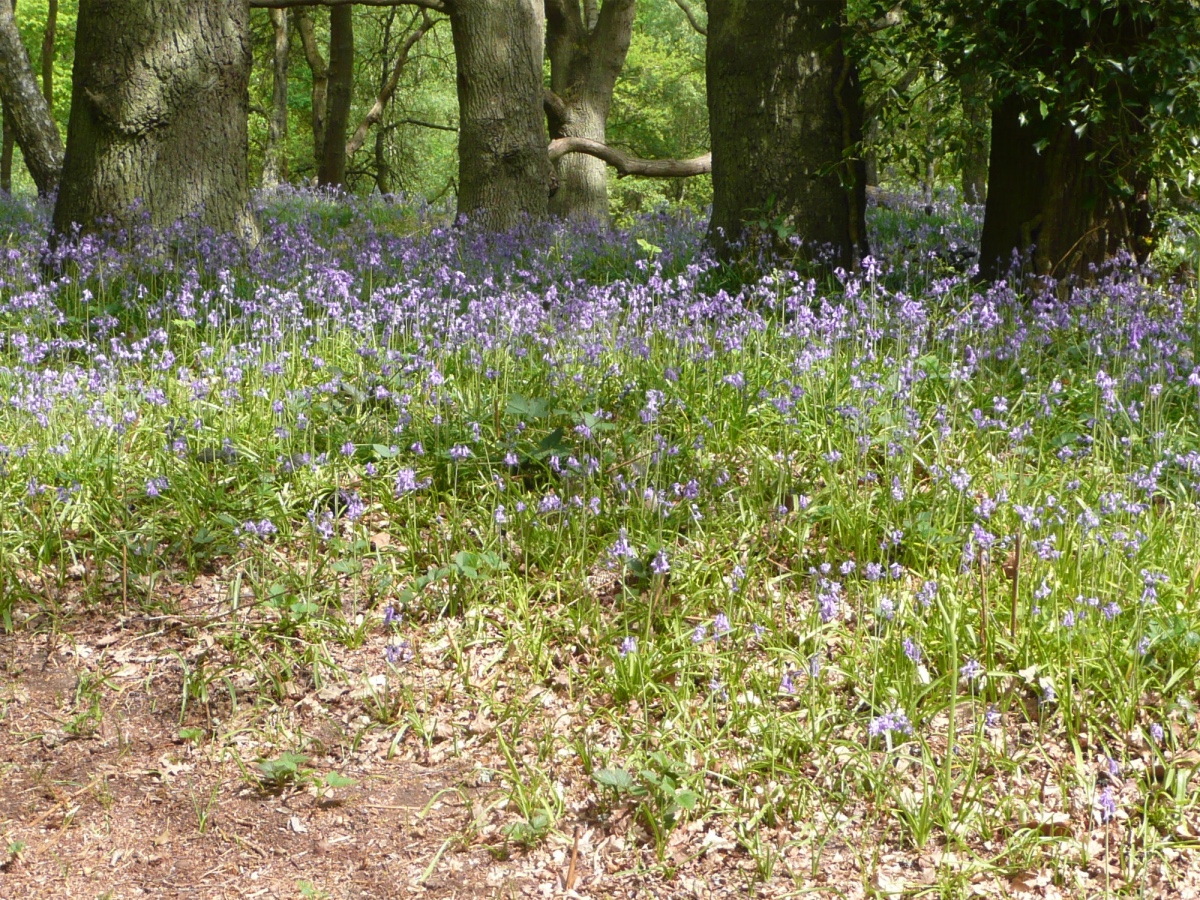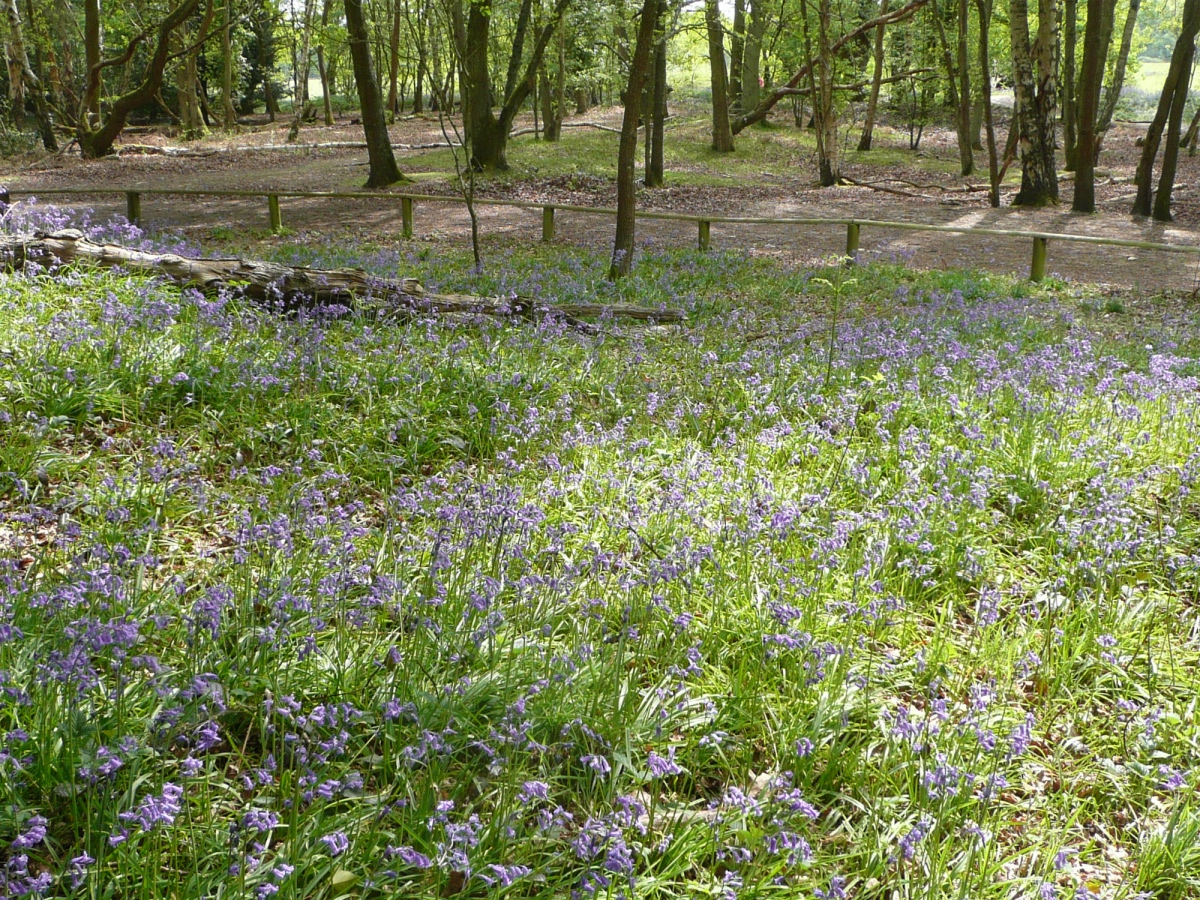Cormorants at Fleet Pond (courtesy of Barry Perfect, see here)
David Pottinger writes:
When taking walks round the Pond, it’s customary to see the ducks, geese and swans and these are rightly highly popular. However there are a lot more birds that can be seen and some of these are mentioned on the various information boards dotted around.
An interesting question is, how many different types of birds have been seen and recorded at the Pond? As an answer to this, an impressive checklist has been produced by William Legge (covering 1970 – June 2016) and the pdf can be downloaded here. The front page of the document is given below. As you can see the listing is very detailed and gives an enormous amount of useful information.
This sort of detailed information is regularly published in the attractive Fleet Pond Society (FPS) Newsletter, which covers all aspects of the Pond. This is only available to members and joining instructions are given here (a very modest £10 for digital download).
In addition:
Impressive pictures of some of these birds can be found on the FPS Group on Flickr, see here. The most recent photos are also given in the Flickr widget on the rhs of this blog.
Finally, previously published articles on birds at the Pond can also be found below:
- Colin Gray: Birds To Look Out For At The Pond
- Colin Gray: Birds To Look Out For In Winter
- Peter Hutchins: RSPB Winter Walk – Birds In The Woodland
- Peter Hutchins: RSPB Winter Walk – Birds At The Pond






